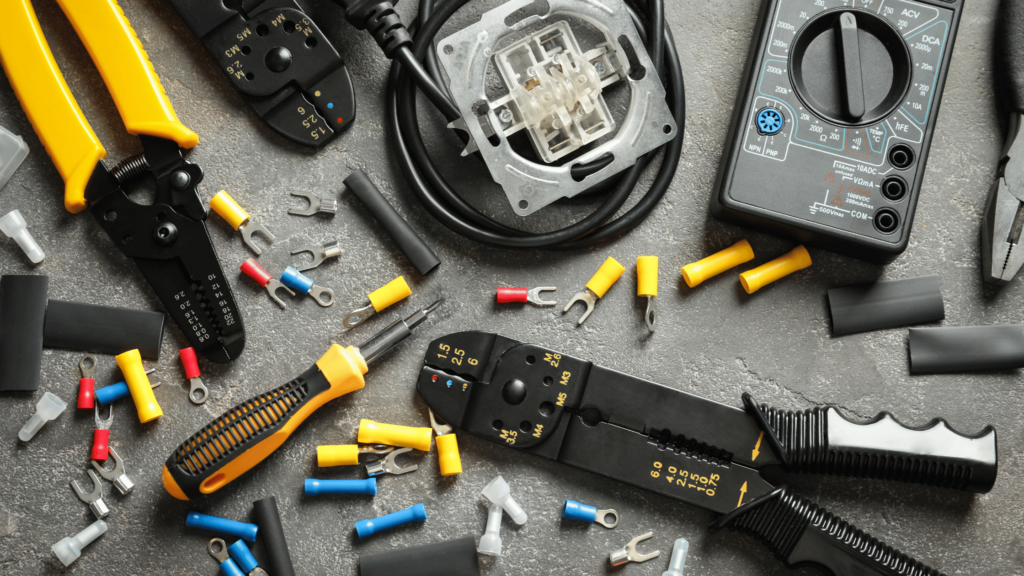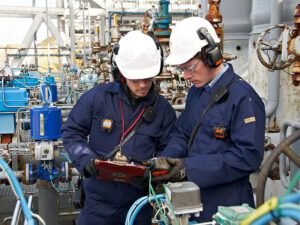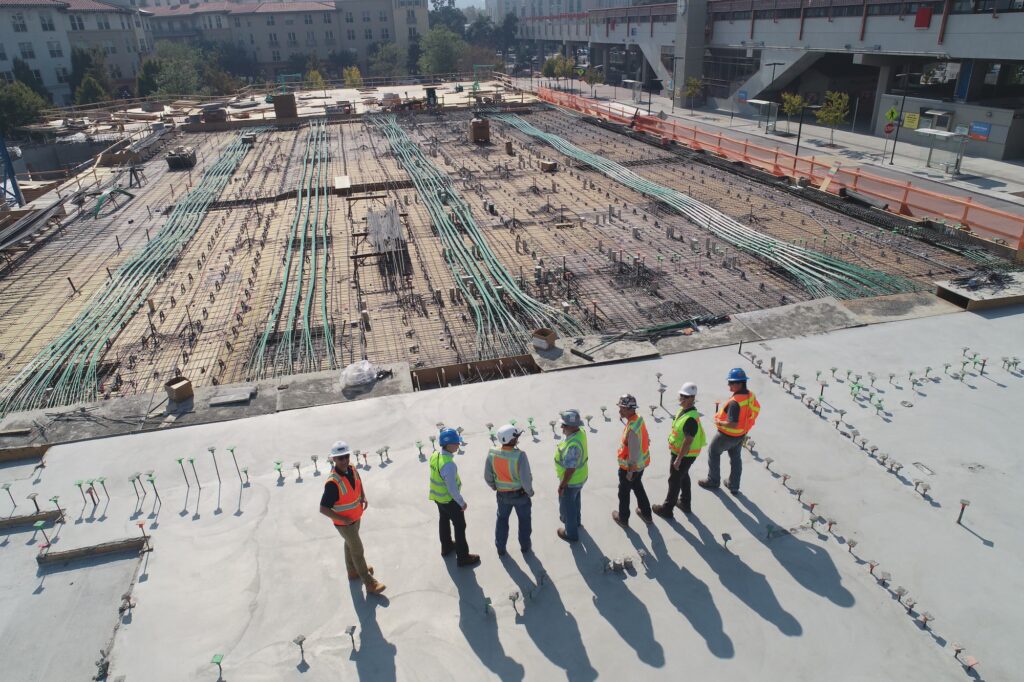The Right to Repair movement is playing an important role in bolstering consumer choice, fostering innovation, and extending product life in many product categories. ISEA applauds the intention behind Right to Repair legislation, which allows individuals and independent businesses to repair and maintain their own devices and equipment within certain constraints.
However, to safeguard the health and safety of both workers and repair people, Personal Protective Equipment (PPE) and safety equipment must be exempted from Right to Repair legislation.
The Risk to Workers Increases When PPE & Safety Equipment is Repaired or Modified Using Non-OEM Parts
Unauthorized servicepeople without the proper training are more likely to use non-OEM parts, which could violate government-mandated product certifications and degrade the performance of the product. The result? Increased risk of a worker injury, illness, or fatality.
For the nearly 8 million construction workers working at heights, the Self-Retracting Lifelines (SRL) that comprise their fall protection PPE literally make the difference between life and death. The SRL’s performance depends on all the component parts working together correctly in a split-second, which demands functional excellence. If even a single part is switched out (e.g. a friction plate, Belleville washer, or brake spring) and replaced by a part of the same size but a slightly different material, a worker could be seriously injured or die from the resulting fall.
Unauthorized Servicepeople Can Be Injured or Killed When Attempting Repairs
SRLs also encase coils and springs with extremely high tension, and knife-like edges. If handled by a serviceperson who hasn’t undergone the appropriate training on servicing these products from the manufacturer or who is not using the specifically designed tools required to safely do the job, there is a serious risk of injury or death to the repair person.
Right to Repair Legislation Conflicts with Several Workplace Safety and Product Certification Regulations
Federal, state, and local Right to Repair legislation implementation could result in products losing their federal certification or compliance with a consensus standard. For example, a NIOSH-approved respirator will lose that approval if an unauthorized replacement part is used. Since OSHA regulations require NIOSH-approved respirators on the job, using this modified non-NIOSH-approved respirator would constitute an OSHA violation.
Similarly, portable gas detection sensors, which detect toxic gases and oxygen-deficient environments, hold required third-party certifications. A repair or sensor replacement by an unauthorized technician could put workers at risk and would void the product certification and, again, constitute an OSHA violation.
Modern PPE and safety equipment meet demanding federal or consensus standards that include rigorous testing to ensure the equipment delivers its intended health and safety-sustaining functions. While Right to Repair legislation is important in many product categories, exemptions from such legislation and regulations for PPE and safety equipment are essential to protect lives.
What's the Issue?
To ensure the safety of our nation’s workers, as well as product performance, certification, and compliance, Personal Protective Equipment (PPE) and safety equipment must be exempted from Right to Repair legislation.



